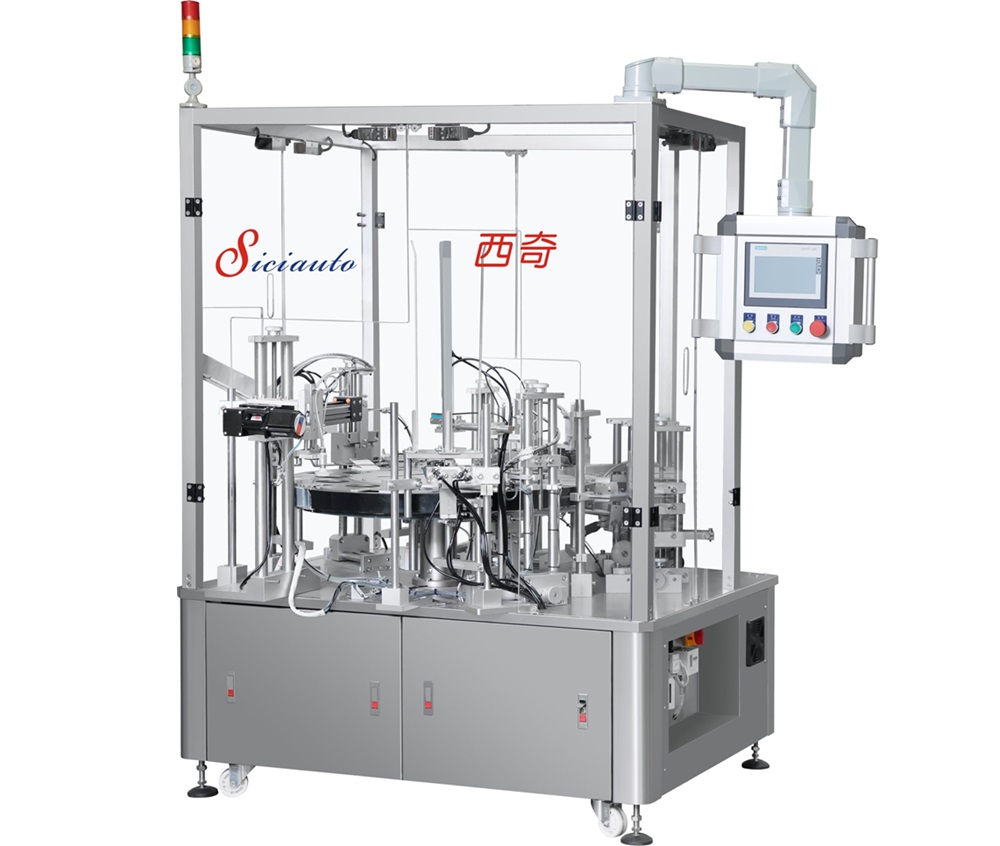The Silent Threat: Understanding the Limits of Staying in a Non-Ventilated Room
In our modern lives, we often overlook the importance of proper ventilation in our living and working spaces. Whether it’s a small office, a classroom, or even our homes, the air quality we breathe can significantly impact our health and well-being. One pressing question arises: How long can you stay in a room without ventilation? This article delves into the science behind air quality, the effects of prolonged exposure to stagnant air, and practical recommendations for maintaining a healthy indoor environment.
The Science of Indoor Air Quality
Indoor air quality (IAQ) refers to the condition of the air within buildings and structures, particularly as it relates to the health and comfort of occupants. A well-ventilated room allows for the exchange of indoor air with outdoor air, diluting pollutants and replenishing oxygen levels. Conversely, a non-ventilated room can quickly become a trap for harmful substances.
Key Pollutants in Stagnant Air
- Carbon Dioxide (CO2): As humans exhale, CO2 levels rise in enclosed spaces. Elevated CO2 concentrations can lead to headaches, dizziness, and impaired cognitive function. Studies suggest that CO2 levels above 1,000 ppm can cause noticeable discomfort, while levels exceeding 2,500 ppm can lead to serious health issues.
- Volatile Organic Compounds (VOCs): These are emitted from various sources, including paints, cleaning products, and furniture. In a non-ventilated room, VOCs can accumulate, leading to symptoms such as eye irritation, respiratory issues, and even long-term health effects.
- Particulate Matter: Dust, mold spores, and other particulate matter can linger in stagnant air, exacerbating allergies and respiratory conditions. Without ventilation, these particles can accumulate, posing a risk to individuals with asthma or other respiratory diseases.
How Long Can You Stay?
The duration one can safely remain in a non-ventilated room varies based on several factors, including the size of the room, the number of occupants, and the activities being performed. However, general guidelines can be established:
- Short Duration (Up to 1 Hour): For brief stays, such as meetings or quick tasks, the impact may be minimal if the room is not overly crowded. However, it is advisable to take breaks and step outside for fresh air.
- Moderate Duration (1-3 Hours): Prolonged exposure can lead to increased CO2 levels and discomfort. Symptoms such as fatigue, headaches, and reduced concentration may begin to manifest. It is crucial to ensure that the room is as free of pollutants as possible during this time.
- Extended Duration (Over 3 Hours): Staying in a non-ventilated room for extended periods can have serious health implications. The risk of CO2 buildup and exposure to VOCs increases significantly, leading to potential cognitive decline and physical symptoms. It is highly recommended to seek ventilation or relocate to a better-ventilated area.
Practical Recommendations for Improving Ventilation
- Open Windows and Doors: Whenever possible, allow fresh air to circulate by opening windows and doors. This simple act can significantly improve air quality.
- Use Air Purifiers: Investing in high-quality air purifiers can help reduce indoor pollutants. Look for models with HEPA filters that can capture particulate matter and activated carbon filters for VOCs.
- Regular Maintenance: Ensure that HVAC systems are regularly maintained and filters are replaced as needed. This will help improve airflow and reduce the buildup of harmful substances.
- Monitor Indoor Air Quality: Consider using CO2 monitors and air quality sensors to keep track of pollutant levels in your environment. This data can help you make informed decisions about when to ventilate.
- Limit Pollutant Sources: Be mindful of the products you use indoors. Opt for low-VOC paints, cleaning supplies, and furnishings to minimize the introduction of harmful substances into your living space.
Conclusion
Understanding the limits of staying in a room without ventilation is crucial for maintaining a healthy indoor environment. While short stays may pose minimal risks, prolonged exposure can lead to significant health issues. By prioritizing proper ventilation and being proactive about indoor air quality, we can create safer, more comfortable spaces for ourselves and those around us. Remember, fresh air is not just a luxury; it’s a necessity for our well-being.

Average Rating